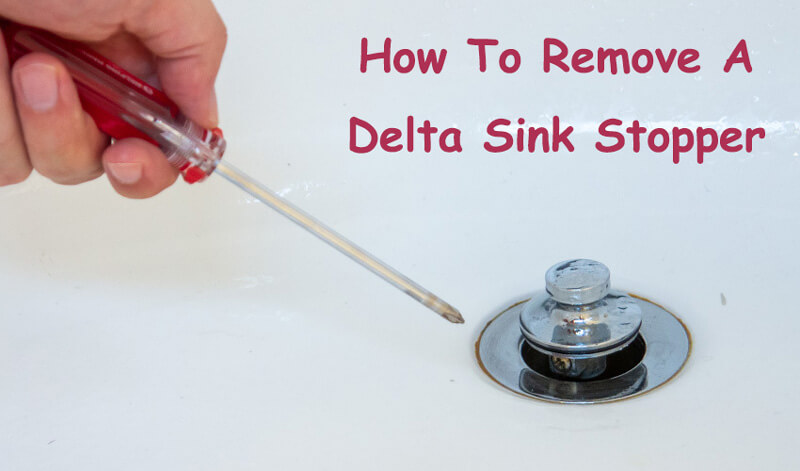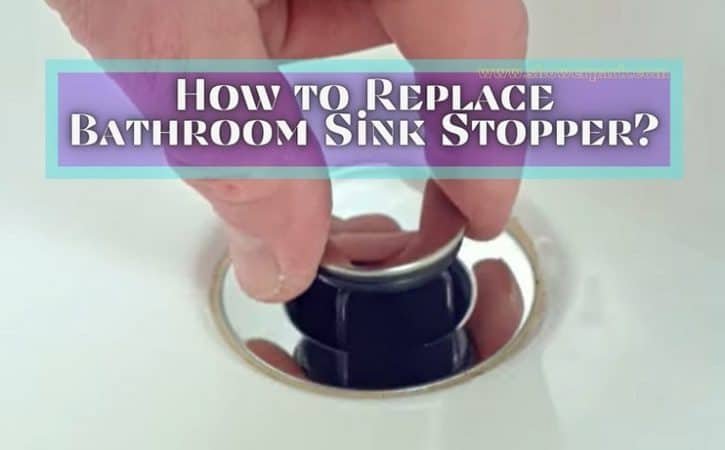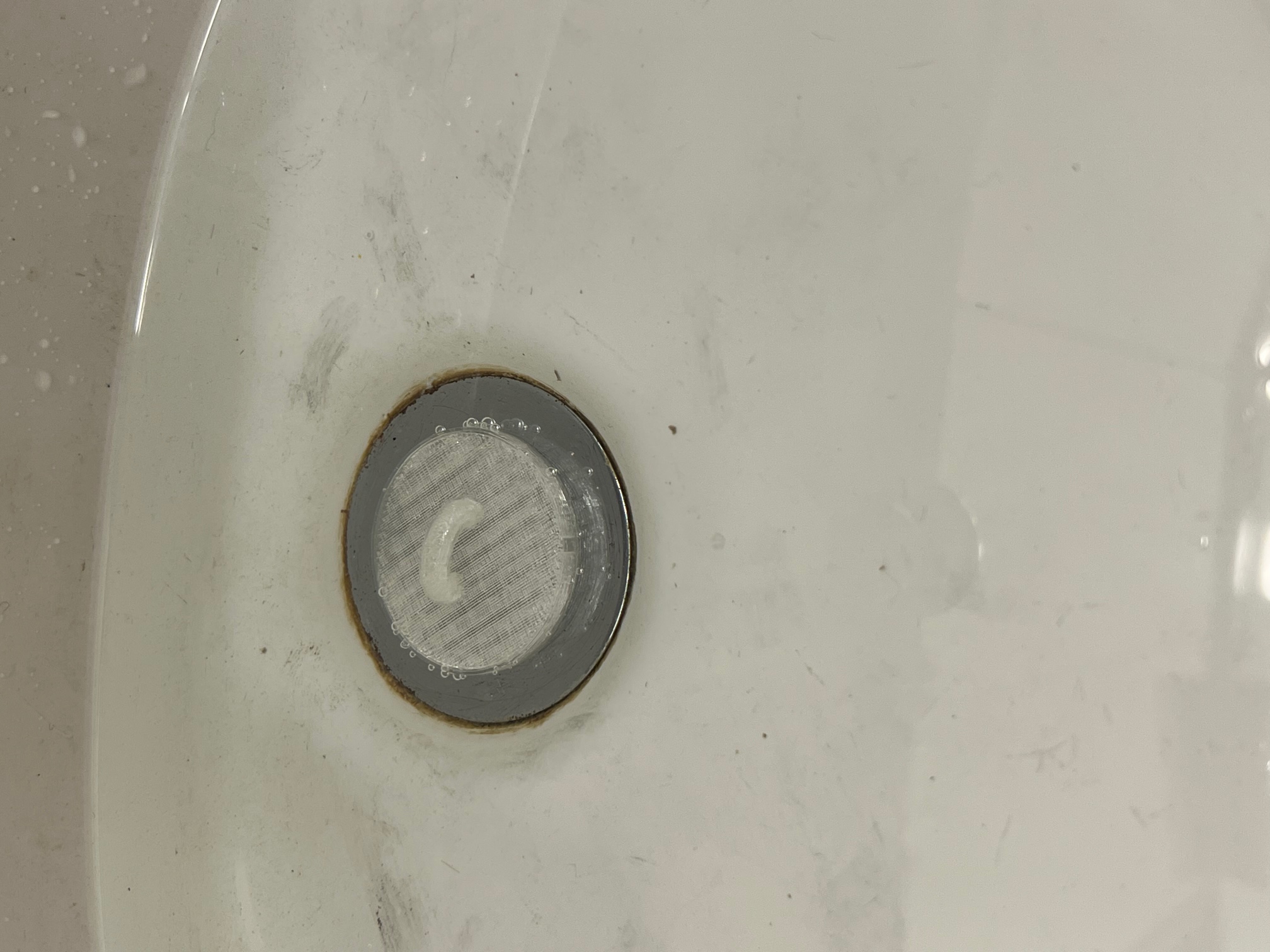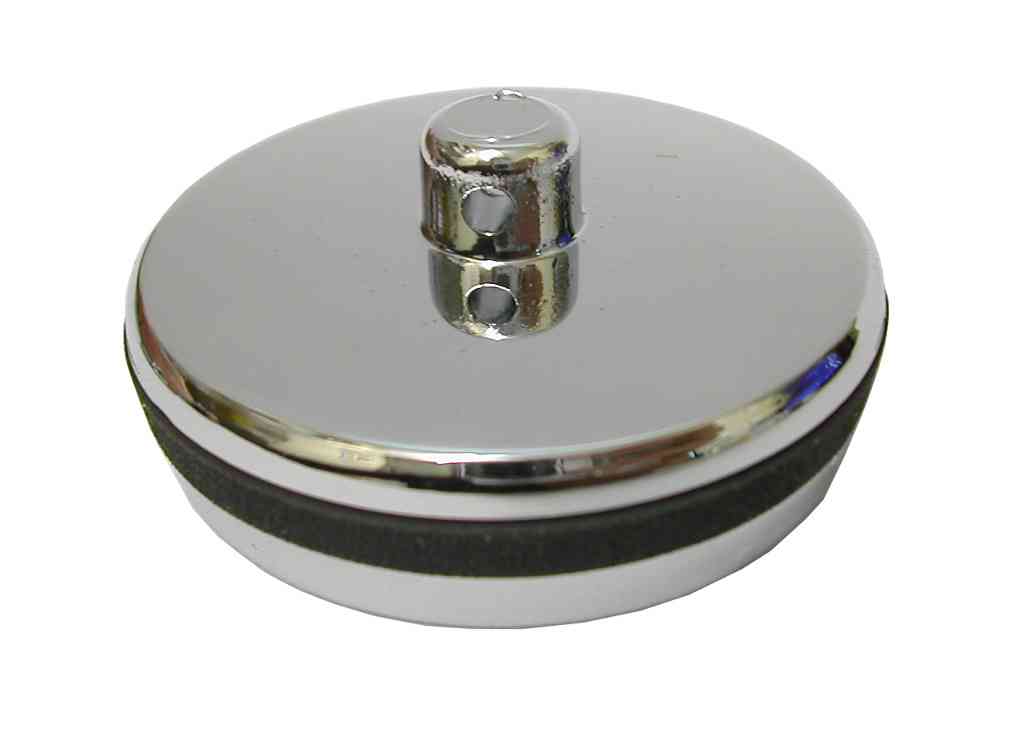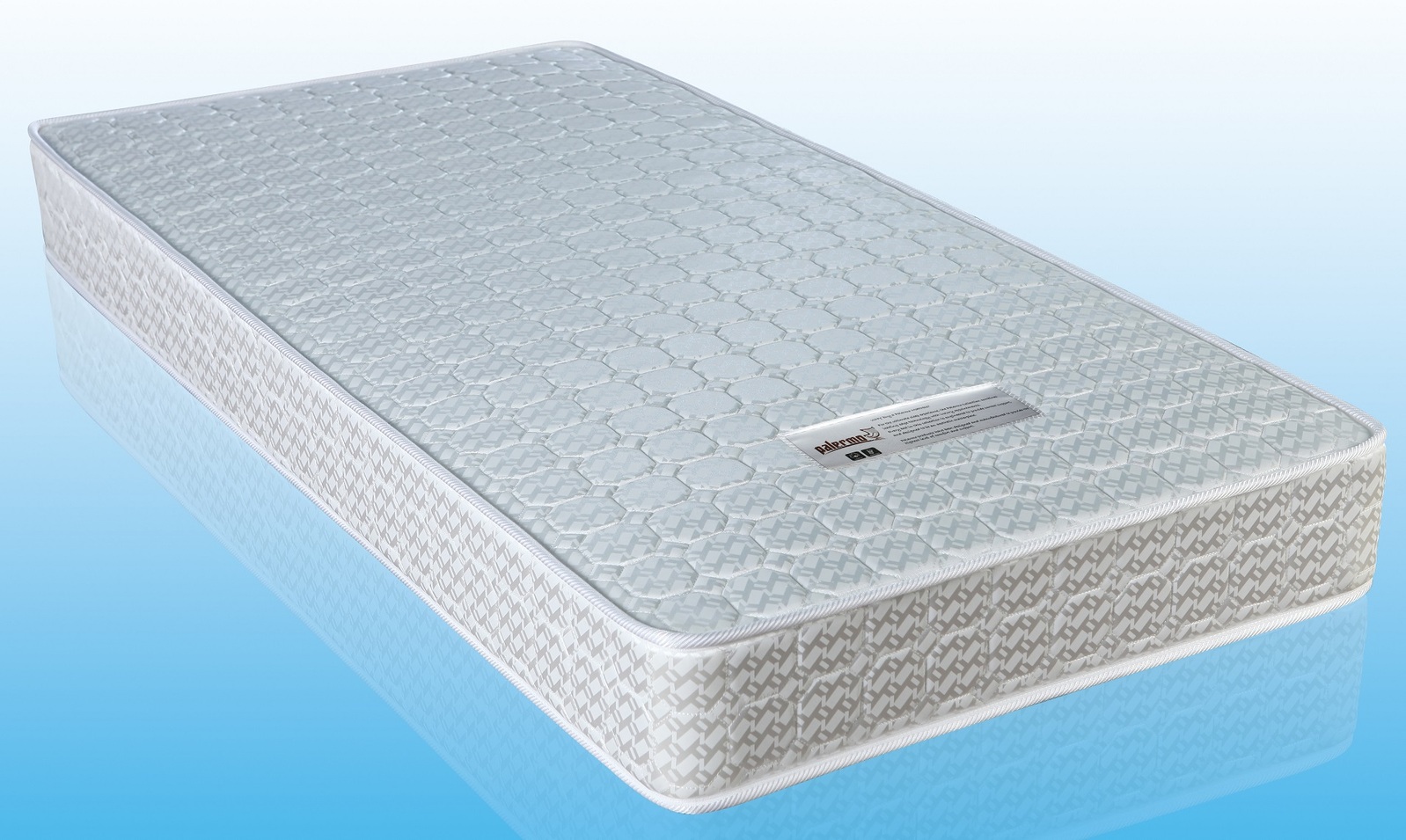How to Remove a Bathroom Sink Plug
Removing a bathroom sink plug may seem like a simple task, but it can become quite frustrating if you don't know the right techniques. Whether you want to clean your sink or fix a clog, removing the plug is the first step. In this guide, we will show you the top 10 methods for removing a bathroom sink plug with ease.
Removing a Bathroom Sink Plug: A Step-by-Step Guide
If you're a DIY enthusiast, you know that having the right tools and following the correct steps is crucial for any project. The same goes for removing a bathroom sink plug. Here's a step-by-step guide on how to do it:
Step 1: Start by locating the plug. Depending on your sink, the plug may be attached to a lever, a knob, or a pull-out rod behind the faucet.
Step 2: If the plug is attached to a lever or knob, simply twist or pull it to remove it. If it's attached to a pull-out rod, you'll need to unscrew the nut that holds it in place.
Step 3: If the plug is still stuck, try using pliers or a drain key to unscrew it. Place a cloth over the plug to avoid damaging it.
Step 4: If the plug is still not budging, you may need to use a drain snake or a mini plunger to loosen it. Insert the tool and move it back and forth until the plug comes loose.
Step 5: Once the plug is removed, use a toothbrush or a small brush to clean any debris or hair that may be stuck on it.
Step 6: Reassemble the plug and test if it's working properly. If not, you may need to replace it with a new one.
DIY: Removing a Bathroom Sink Plug
Removing a bathroom sink plug is a simple task that you can easily do yourself. However, it's important to take your time and follow the right steps to avoid damaging your sink. Here are some tips for a successful DIY removal:
- Always wear gloves to protect your hands and avoid getting any chemicals on your skin.
- Use a flashlight to locate the plug and any debris that may be causing the clog.
- If the plug is attached to a lever or knob, try twisting it in different directions to loosen it.
- If the plug is attached to a pull-out rod, try gently pulling it up while twisting it to unscrew it.
- If the plug is still stuck, use a plunger to create suction and loosen it. Make sure to cover the overflow drain with a cloth to create a seal.
- If the plunger doesn't work, try using a drain snake to remove any debris that may be stuck in the drain.
Quick and Easy Bathroom Sink Plug Removal
Removing a bathroom sink plug doesn't have to be a difficult task. Here are some quick and easy methods that you can try:
- Pour boiling water down the drain to loosen any debris or hair that may be stuck in the plug.
- Mix equal parts of vinegar and baking soda and pour it down the drain. Let it sit for 15 minutes before pouring hot water down the drain to flush it out.
- Use a mixture of dish soap and hot water to create a lubricant and make it easier to remove the plug.
- If the plug is still not coming out, try using a hairdryer to heat up the metal parts and make them expand, making it easier to unscrew them.
The Best Methods for Removing a Bathroom Sink Plug
Not all methods work for every situation, so it's important to have a few options in your toolkit. Here are some of the best methods for removing a bathroom sink plug:
- Unscrewing the plug using pliers or a drain key.
- Using a drain snake to remove any debris or hair that may be causing the clog.
- Creating suction with a plunger to loosen the plug.
- Using a mini plunger to loosen the plug if it's attached to a lever or knob.
Removing a Bathroom Sink Plug Without Damaging Your Sink
One of the biggest concerns when removing a bathroom sink plug is damaging the sink. Here are some tips to avoid causing any damage:
- Use a cloth to cover the plug and avoid scratching it with your tools.
- Use gentle force when pulling or twisting the plug to avoid breaking anything.
- If necessary, use a lubricant to make it easier to remove the plug without causing any damage.
Troubleshooting: Common Issues with Removing a Bathroom Sink Plug
Even with the right tools and techniques, removing a bathroom sink plug can still present some challenges. Here are some common issues and how to troubleshoot them:
- If the plug is stuck, try using a hairdryer to heat up the metal parts and make them expand, making it easier to unscrew them.
- If the plug is not coming out, it may be stuck due to rust or mineral buildup. In this case, use a rust remover or vinegar to dissolve the buildup and make it easier to remove the plug.
- If the plug won't stay in place, check if there are any missing or broken parts that need to be replaced. If not, try cleaning the plug and the drain thoroughly to ensure a proper fit.
Removing a Bathroom Sink Plug: Tools and Techniques
Having the right tools and knowing the proper techniques can make all the difference when removing a bathroom sink plug. Here are some essential tools that you may need:
- Pliers or a drain key for unscrewing the plug.
- A drain snake for removing any debris or hair that may be causing the clog.
- A plunger for creating suction and loosening the plug.
- A mini plunger for loosening the plug if it's attached to a lever or knob.
The Dos and Don'ts of Removing a Bathroom Sink Plug
To ensure a successful removal, here are some dos and don'ts to keep in mind:
Dos:
- Wear gloves to protect your hands.
- Use a flashlight to locate the plug and any debris that may be causing the clog.
- Take your time and follow the correct steps.
- Use the right tools for the job.
- Clean the plug and the drain thoroughly before reassembling.
Don'ts:
- Use excessive force when pulling or twisting the plug.
- Use harsh chemicals that can damage your sink or harm your skin.
- Ignore any broken or missing parts.
- Rush through the process without properly cleaning and testing the plug.
Removing a Stubborn Bathroom Sink Plug: Tips and Tricks
If you've tried everything and the plug is still not coming out, here are some tips and tricks that may work:
- Try using a mixture of baking soda and vinegar to dissolve any buildup that may be making the plug difficult to remove.
- Use a hairdryer to heat up the metal parts and make them expand, making it easier to unscrew them.
- If the plug is attached to a pull-out rod, try using a wrench to unscrew the nut holding it in place.
In conclusion, removing a bathroom sink plug may seem like a daunting task, but with the right tools and techniques, it can be a quick and easy process. Remember to take your time, wear gloves, and use the proper tools to avoid damaging your sink. If all else fails, don't hesitate to call a professional for assistance. Now that you know the top 10 methods for removing a bathroom sink plug, you can confidently tackle this task on your own.
Why Removing a Bathroom Sink Plug is Important for Your House Design

Introduction
 When it comes to house design, every little detail matters. From the paint color on the walls to the type of flooring, each aspect plays a significant role in creating a cohesive and aesthetically pleasing space. One often overlooked element in a bathroom is the sink plug. While it may seem like a small and insignificant part of the overall design, removing the bathroom sink plug can actually have a big impact on the look and functionality of your bathroom. In this article, we will discuss why removing a bathroom sink plug is important for your house design and how it can enhance your bathroom's overall appearance.
When it comes to house design, every little detail matters. From the paint color on the walls to the type of flooring, each aspect plays a significant role in creating a cohesive and aesthetically pleasing space. One often overlooked element in a bathroom is the sink plug. While it may seem like a small and insignificant part of the overall design, removing the bathroom sink plug can actually have a big impact on the look and functionality of your bathroom. In this article, we will discuss why removing a bathroom sink plug is important for your house design and how it can enhance your bathroom's overall appearance.
Improved Cleanliness
 Bathroom sinks are one of the most used areas in a home, which means they can easily become a breeding ground for bacteria and germs. The traditional sink plug, with its small holes and crevices, can be difficult to clean and can harbor dirt and grime. By removing the plug, you eliminate these hard-to-reach areas and make it easier to keep your sink clean and hygienic. This not only improves the overall cleanliness of your bathroom but also creates a more visually appealing space.
Bathroom sinks are one of the most used areas in a home, which means they can easily become a breeding ground for bacteria and germs. The traditional sink plug, with its small holes and crevices, can be difficult to clean and can harbor dirt and grime. By removing the plug, you eliminate these hard-to-reach areas and make it easier to keep your sink clean and hygienic. This not only improves the overall cleanliness of your bathroom but also creates a more visually appealing space.
Creates More Counter Space
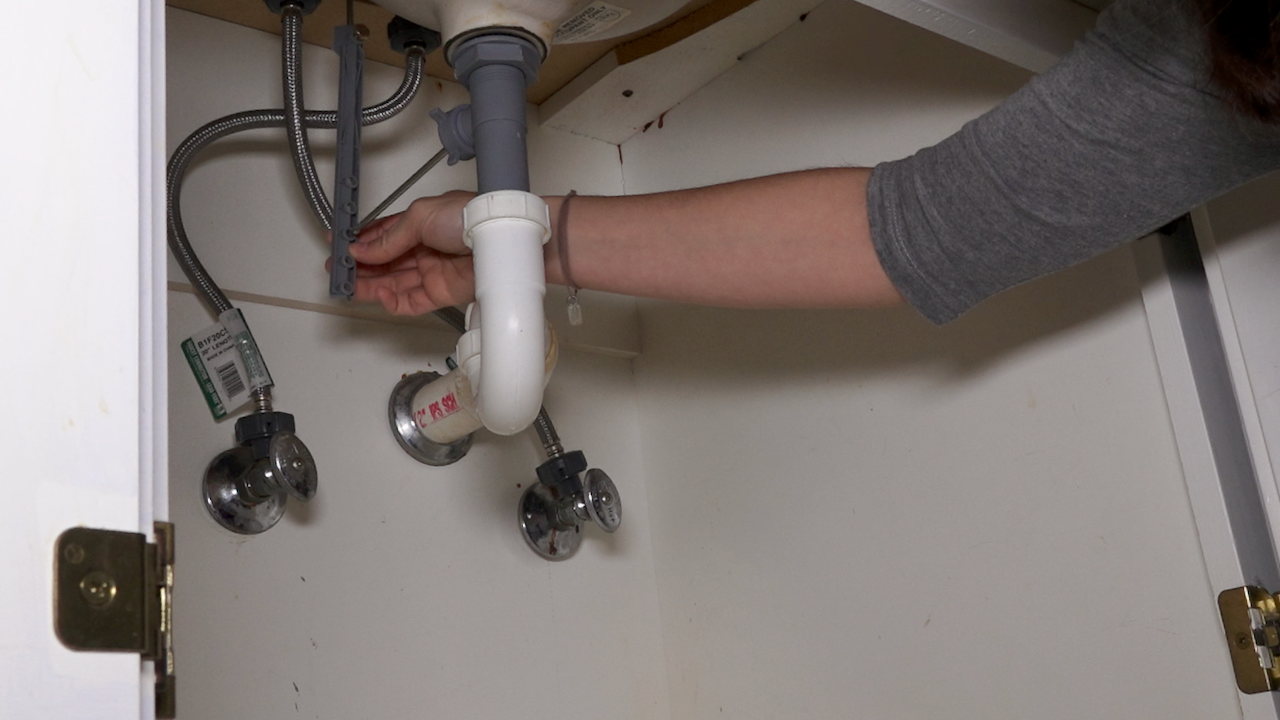 Another benefit of removing the bathroom sink plug is that it creates more counter space. With the plug out of the way, you have a larger area to work with, making it easier to keep your bathroom essentials organized and within reach. This is especially beneficial for smaller bathrooms where counter space is limited. By removing the sink plug, you can maximize the use of your counter space and create a more functional and clutter-free bathroom.
Another benefit of removing the bathroom sink plug is that it creates more counter space. With the plug out of the way, you have a larger area to work with, making it easier to keep your bathroom essentials organized and within reach. This is especially beneficial for smaller bathrooms where counter space is limited. By removing the sink plug, you can maximize the use of your counter space and create a more functional and clutter-free bathroom.
Enhances the Look of Your Sink
 Traditional sink plugs are often made of metal and can be an eyesore in an otherwise beautifully designed bathroom. By removing the plug, you can showcase the design of your sink, whether it's a sleek and modern vessel sink or a classic and elegant pedestal sink. This small change can make a big difference in the overall aesthetic of your bathroom and add a touch of sophistication to the space.
Traditional sink plugs are often made of metal and can be an eyesore in an otherwise beautifully designed bathroom. By removing the plug, you can showcase the design of your sink, whether it's a sleek and modern vessel sink or a classic and elegant pedestal sink. This small change can make a big difference in the overall aesthetic of your bathroom and add a touch of sophistication to the space.
Allows for Easy Drainage
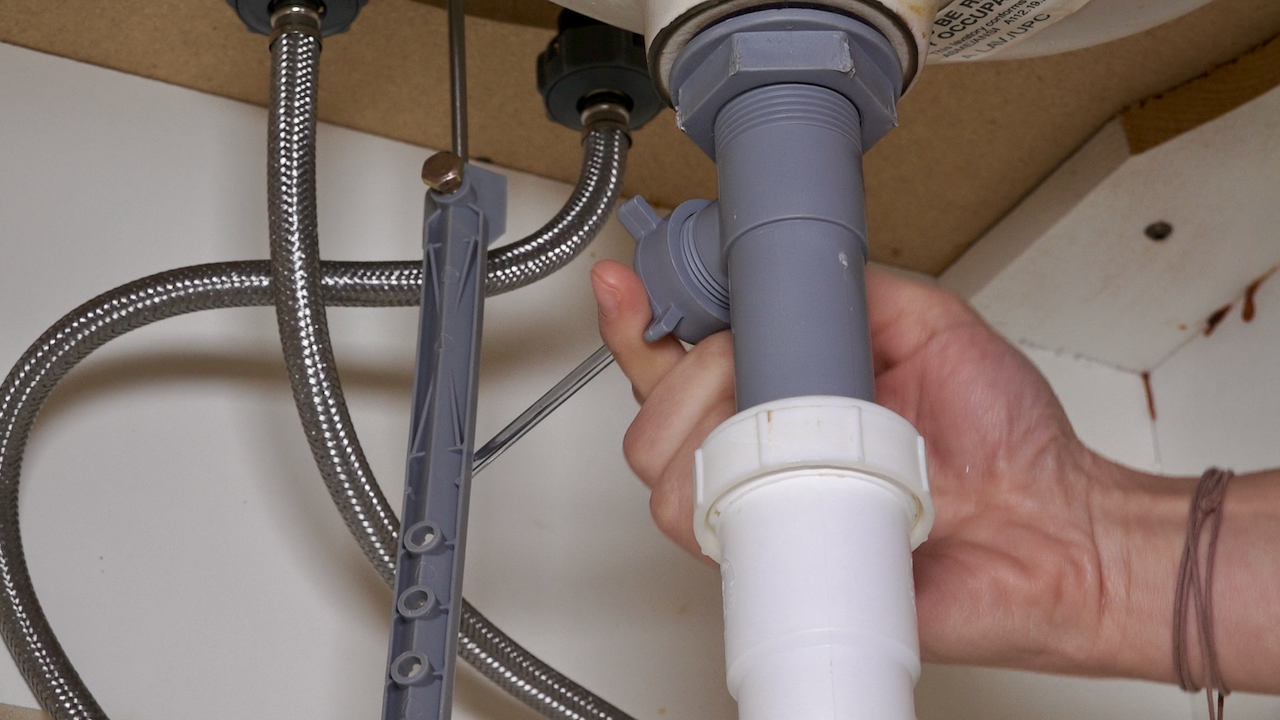 Removing the bathroom sink plug can also improve the functionality of your sink. Traditional sink plugs can be prone to clogging, which can lead to standing water and a slow draining sink. By eliminating the plug, you can prevent these issues and ensure efficient drainage. This is particularly important in households with multiple occupants, as it can help avoid any potential plumbing problems.
In conclusion, removing the bathroom sink plug may seem like a small and insignificant task, but it can have a significant impact on your house design. It improves cleanliness, creates more counter space, enhances the look of your sink, and allows for easy drainage. So, the next time you're considering a bathroom makeover, don't forget to remove the sink plug for a cleaner, more functional, and visually appealing space.
Removing the bathroom sink plug can also improve the functionality of your sink. Traditional sink plugs can be prone to clogging, which can lead to standing water and a slow draining sink. By eliminating the plug, you can prevent these issues and ensure efficient drainage. This is particularly important in households with multiple occupants, as it can help avoid any potential plumbing problems.
In conclusion, removing the bathroom sink plug may seem like a small and insignificant task, but it can have a significant impact on your house design. It improves cleanliness, creates more counter space, enhances the look of your sink, and allows for easy drainage. So, the next time you're considering a bathroom makeover, don't forget to remove the sink plug for a cleaner, more functional, and visually appealing space.













